It is high time for India to introduce its own programming language
By MYBRANDBOOK
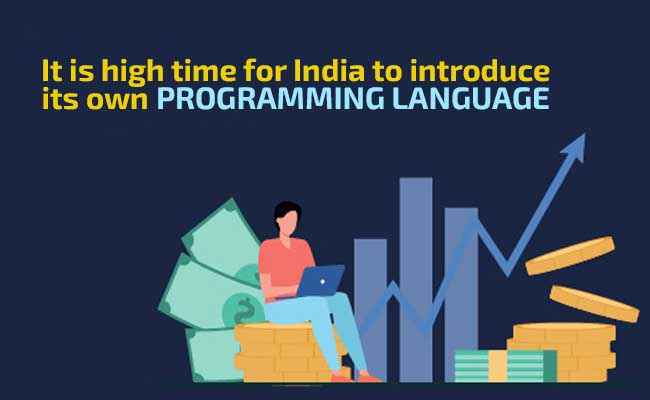
PM Modi’s vision for Atmanirbhar Bharat Abhiyaan (Self-reliant India campaign) and announced the Special economic and comprehensive package of Rs20 lakh crores - equivalent to 10% of India’s GDP – to fight COVID-19 pandemic in India, shows it is catching fire inside and outside the country. All it seems like PM Modi is also a great Astrologer. Atmanirbhar Bharat is a big push for domestic industry.
We have seen the government has widened the promotion scheme for pushing domestic manufacturing of electronics, given a huge incentives for production of laptops, tablets, PCs and Servers in the country. The scheme is over and above similar benefits that have been given towards manufacturing of mobile, telecom equipment, air conditioners and LED lights. India is the second largest online market in the world, ranked only behind China. It was estimated that by 2023, there would be over 650 million internet users in the country which Indicates a big market potential in internet services for the south Asian country.
Modern India has had a strong focus on science and technology, realising that it is a key element for economic growth and positioned as one of the top five nations in the field for space exploration. The growth of the telecommunication and computer industry is another example of pure science research application. Having said that, it is high time for India to create new programming languages.
Programming languages are one kind of computer language, and are used in computer programming to implement algorithms. India's IT services industry began by providing low cost back-office services. However, in recent years it has expanded into cutting edge fields such as artificial intelligence, machine learning, analytics, cloud migration, the internet of things and other forms of "digital transformation." A great deal of "U.S. innovation" is now outsourced to India, especially in digital technologies and life sciences.
The Technology Information, Forecasting and Assessment Council (TIFAC), had prepared the Technology Vision 2035 document capturing the aspirations of Indians and mapped them with the technology needs. Hon’ble Prime Minister Narendra Modi released this document while inaugurating the 103rd Indian Science Congress in Mysuru on 3rd January 2016. TIFAC has also taken up the task to prepare the technology roadmaps for twelve sectors of national priorities and importance towards achieving the vision “Technology in the service of India: ensuring the security, enhancing the prosperity and strengthening the identity of every Indian”.
Technology Roadmaps of seven sectors ie Education, Medical Science & Health Care, Materials, Manufacturing, Transportation, Information & Communication Technologies (ICT), Water have been released so far, and the remaining five more sectors, i.e., Food and Agriculture, Energy, Environment, Habitat, and Infrastructure are under finalization. Grouping like-minded people is of a high importance. Indeed, brainstorming will help to develop creative solutions to develop a modern programming language, seems is a matter of time to unveil.


Legal Battle Over IT Act Intensifies Amid Musk’s India Plans
The outcome of the legal dispute between X Corp and the Indian government c...

Wipro inks 10-year deal with Phoenix Group's ReAssure UK worth
The agreement, executed through Wipro and its 100% subsidiary,...

Centre announces that DPDP Rules nearing Finalisation by April
The government seeks to refine the rules for robust data protection, ensuri...

Home Ministry cracks down on PoS agents in digital arrest scam
Digital arrest scams are a growing cybercrime where victims are coerced or ...

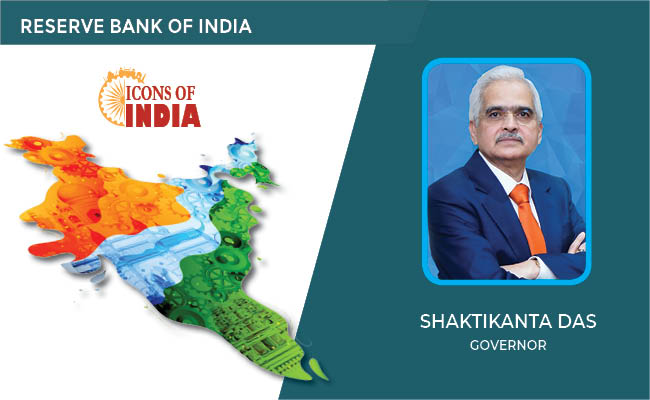
SHAKTIKANTA DAS
Shaktikanta Das is serving as the current & 25th governor of the Reser...
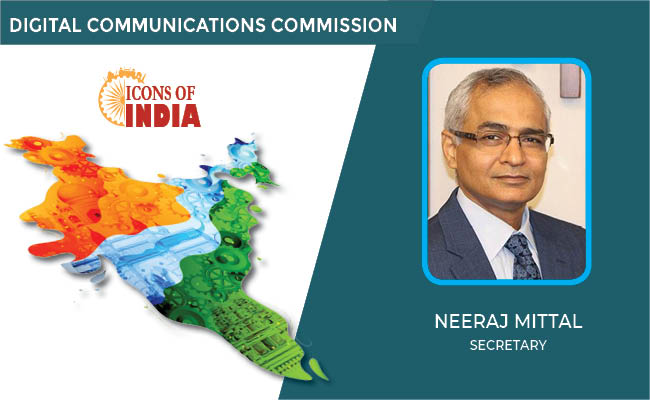
Icons Of India : NEERAJ MITTAL
He started his career as an IAS Officer in 1992. He has held various a...
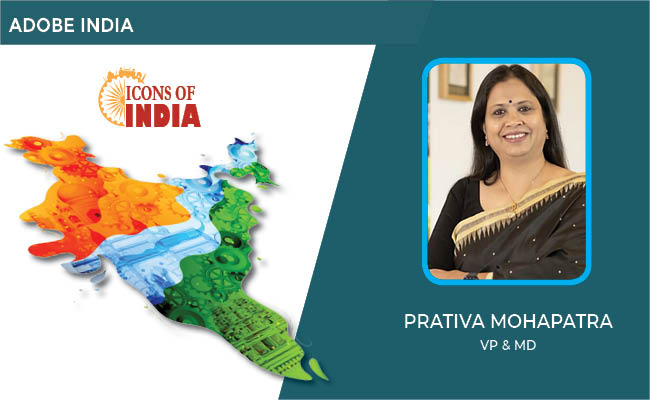
Icons Of India : PRATIVA MOHAPATRA
Prativa is a transformational leader with an incredible breadth of exp...

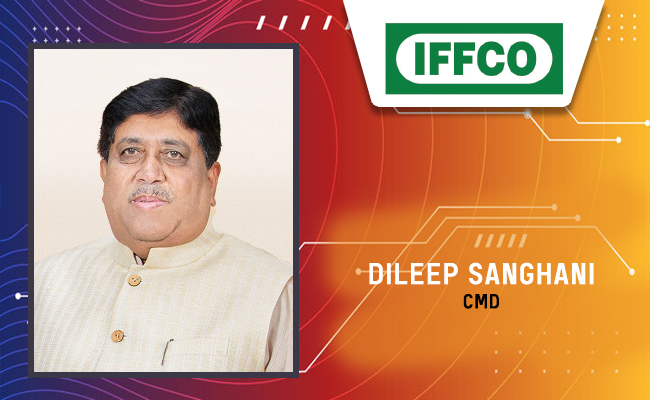
IFFCO - Indian Farmers Fertiliser Cooperative
IFFCO operates as a cooperative society owned and controlled by its fa...
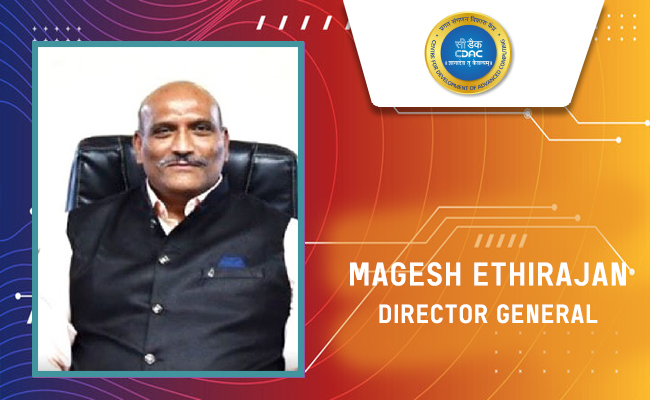
C-DAC - Centre for Development of Advanced Computing
C-DAC is uniquely positioned in the field of advanced computing...

CSC - Common Service Centres
CSC initiative in India is a strategic cornerstone of the Digital Indi...

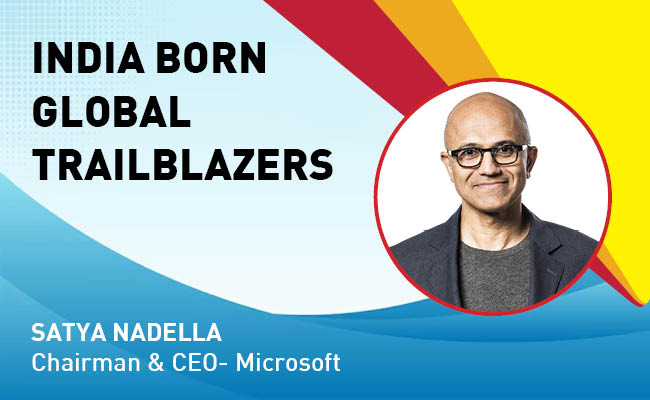
Indian Tech Talent Excelling The Tech World - Satya Nadella, Chairman & CEO- Microsoft
Satya Nadella, the Chairman and CEO of Microsoft, recently emphasized ...
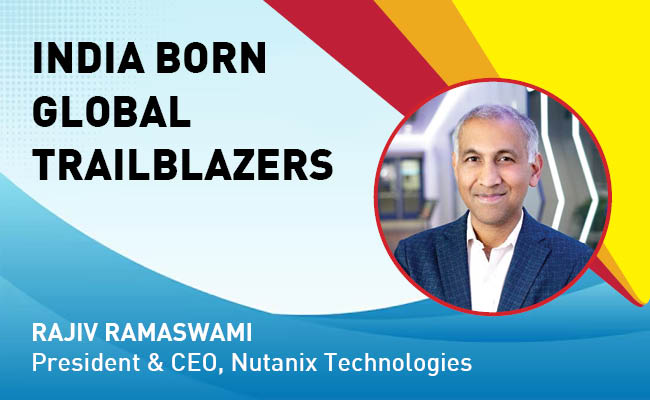
Indian Tech Talent Excelling The Tech World - Rajiv Ramaswami, President & CEO, Nutanix Technologies
Rajiv Ramaswami, President and CEO of Nutanix, brings over 30 years of...
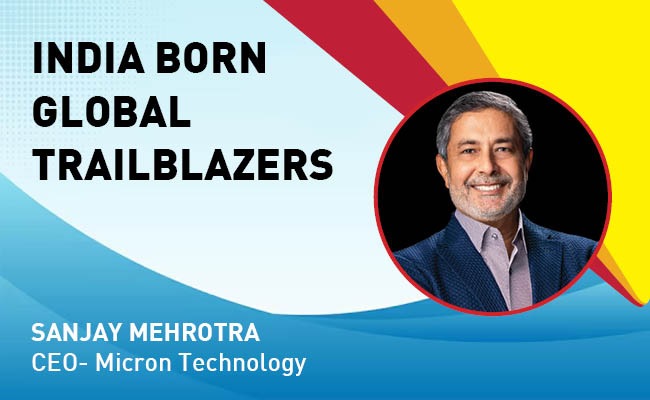
Indian Tech Talent Excelling The Tech World - Sanjay Mehrotra, CEO- Micron Technology
Sanjay Mehrotra, the President and CEO of Micron Technology, is at the...
 of images belongs to the respective copyright holders
of images belongs to the respective copyright holders